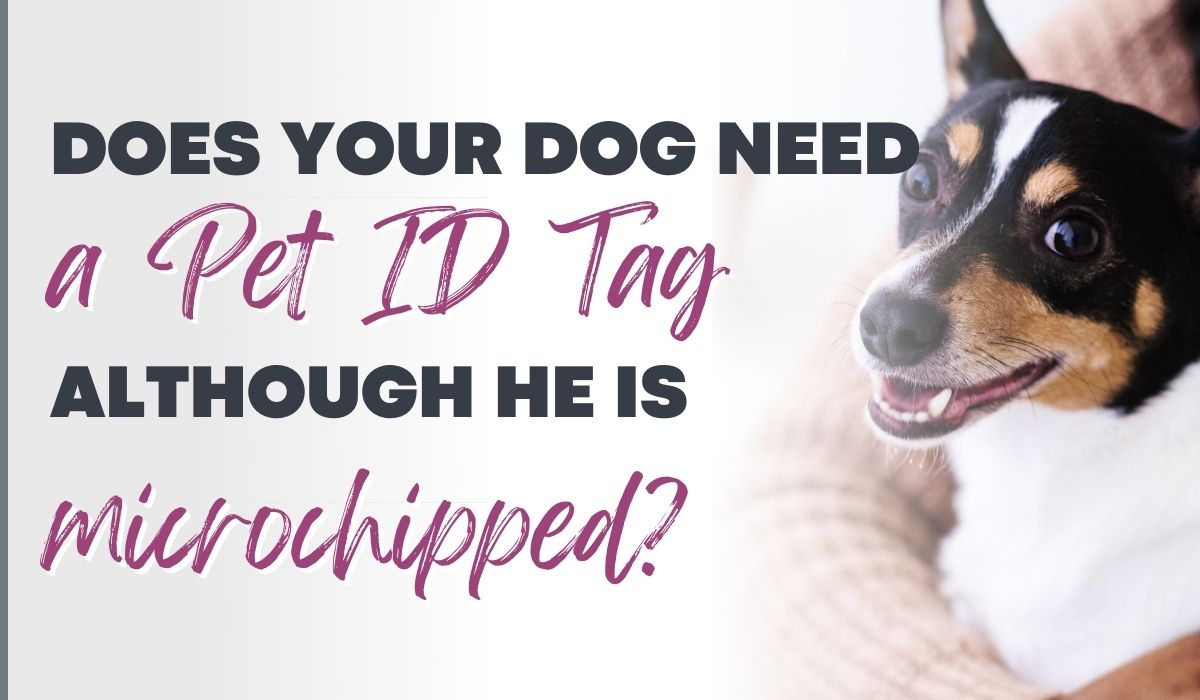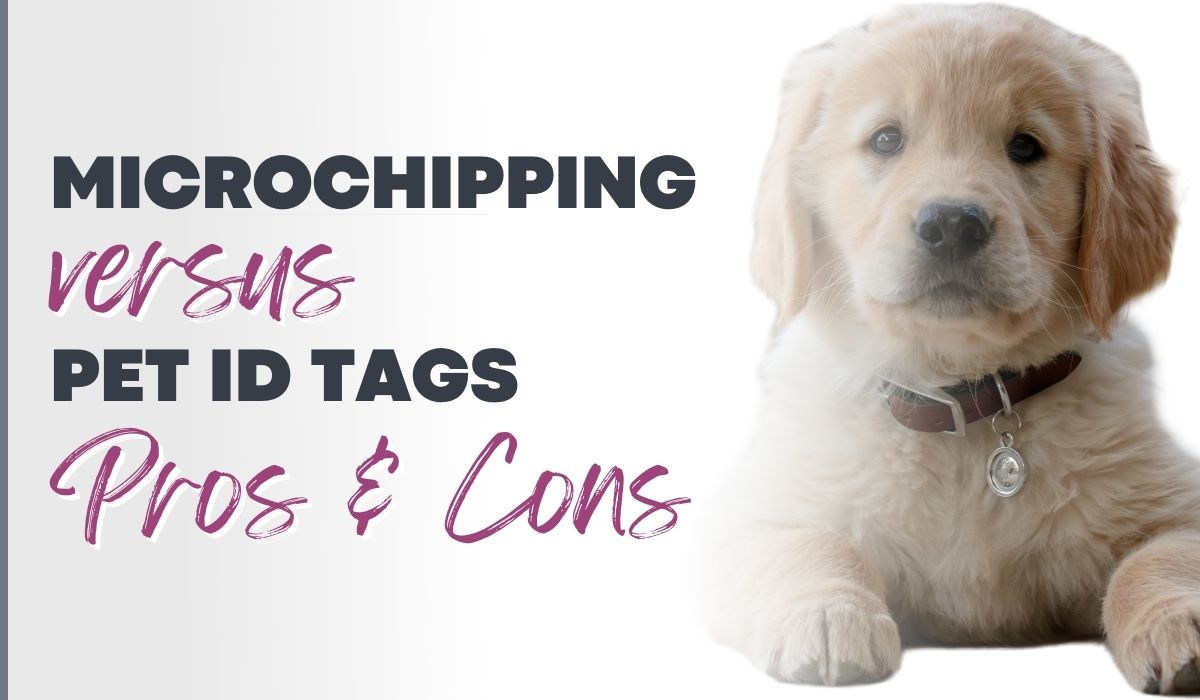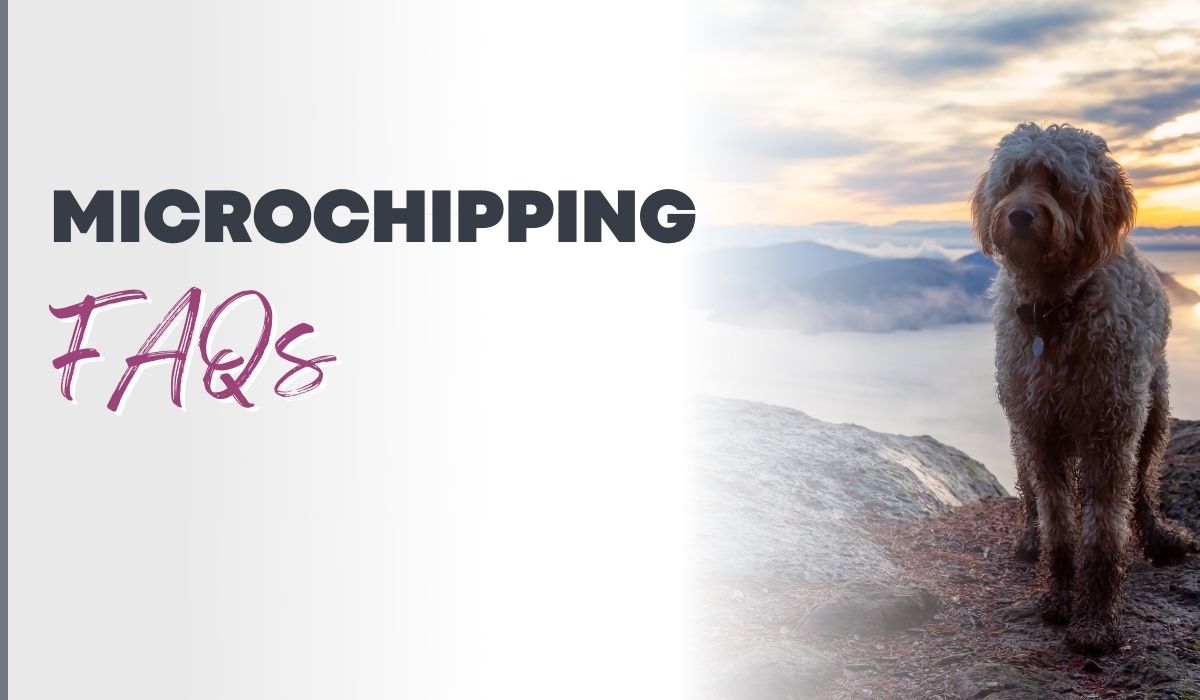Does My Dog Need a Pet ID Tag Although He Is Microchipped?

The Tale of a Lost Dog
Several years ago, my partner and I had an unexpected encounter. We found a dog running around a dual carriageway in the dead of night. The poor pup had neither a collar nor a microchip. After much effort and searching through Facebook groups, we finally reunited the dog with its owner. This ordeal could have been avoided if the dog had an easily readable pet ID tag or was microchipped. Not everyone goes through the trouble of searching social media for the owner. Many lost dogs end up in shelters, and some even face the tragic fate of being put down.
Microchipping: The Invisible Safety Net

Pros and Cons of Microchipping
Pros:
- Permanent Identification: Once implanted, a microchip is there for life. It can't fall off or get lost.
- Proof of Ownership: In cases where a pet's ownership is disputed, a registered microchip can serve as legal proof.
- International Recognition: Microchips are internationally recognized, making it easier to travel with your pet.
Cons:
- Not Immediately Accessible: A special scanner is needed to read the microchip, meaning the person who finds your dog must take them to a vet or shelter.
- Cost: While not exorbitant, there is a cost associated with both implanting the chip and registering it in a database.
- No Visible Sign: A microchip is invisible, so a person who finds your pet won't immediately know it's chipped.
Pet ID Tags: The First Line of Defense
Pros:
- Immediate Identification: Anyone who finds your dog can immediately see the tag and contact you.
- Customizable: You can include specific information, such as medical needs, to help whoever finds your pet.
- Low Cost: Tags are generally inexpensive and easy to replace.
Cons:
- Can Get Lost: Unlike a microchip, a tag can fall off or become illegible over time.
- Limited Information: There's only so much you can fit on a tag, unlike a microchip that can store more data.
- Potential for Incorrect Contact Info: If you move or change your phone number and forget to update the tag, it becomes useless.
The Verdict: Two is Better Than One
While both microchips and pet ID tags have their advantages, they also come with limitations. A microchip serves as a permanent form of identification, but it's not immediately visible or accessible. On the other hand, a pet ID tag provides instant access to contact information but can get lost.
The story shared earlier highlights the importance of having both. A simple phone number on a pet ID tag can lead to a
quick reunion, while a microchip serves as a backup, ensuring your dog's safety even if the tag is lost.
Every year, countless dogs get lost, but statistics show that those with some form of identification have a much higher chance of being reunited with their owners. By equipping your dog with both a microchip and a pet ID tag, you're giving them the best chance of finding their way back to you.
Frequently Asked Questions

1. Should you put "microchipped" on a dog tag?
Yes, it's a good idea to indicate "microchipped" on your dog's ID tag. This alerts anyone who finds your dog that there's an additional layer of identification available. It can also encourage them to take the dog to a vet or shelter to get the microchip scanned. It might also deter dog thieves from taking your dog. We can replace one phone number on the back or the tag with the word 'microchipped'.
2. Should you put your pet's microchip number on their tag?
While it's not necessary to put the entire microchip number on the tag, you can if you wish. However, it's more important to have a contact number and the word "microchipped" on the tag. If someone finds your dog, they can contact you directly and also be aware that the dog has a microchip for additional information.
3. How do you identify a dog with a microchip?
To identify a dog with a microchip, you'll need a microchip scanner. Most veterinary clinics and animal shelters have these scanners. When the scanner is passed over the dog's body, it will detect the microchip and display the unique identification number. This number can then be looked up in a microchip registry to retrieve the owner's contact information.
4. What is a microchipped dog tag?
A microchipped dog tag is a pet ID tag that indicates the dog has been microchipped. It often has the word "microchipped" engraved on it, along with other essential details like the owner's contact number. It serves as an immediate visual cue that the dog has a microchip implanted, providing an added layer of security. We can add this to the back of the tag.





